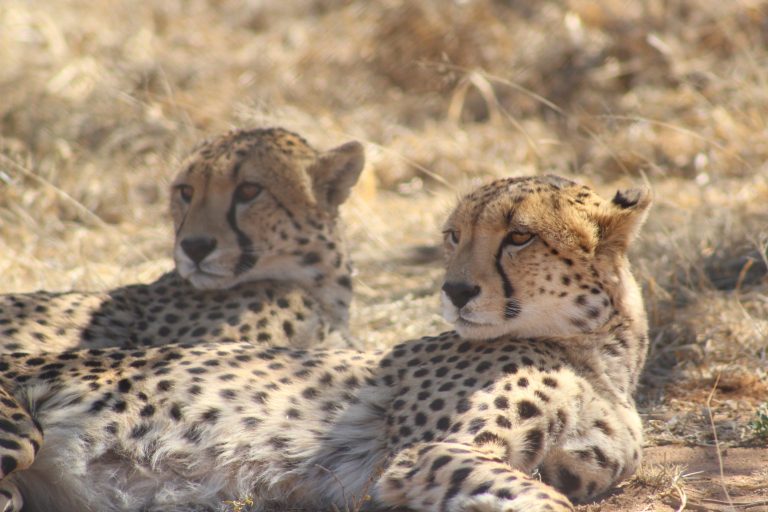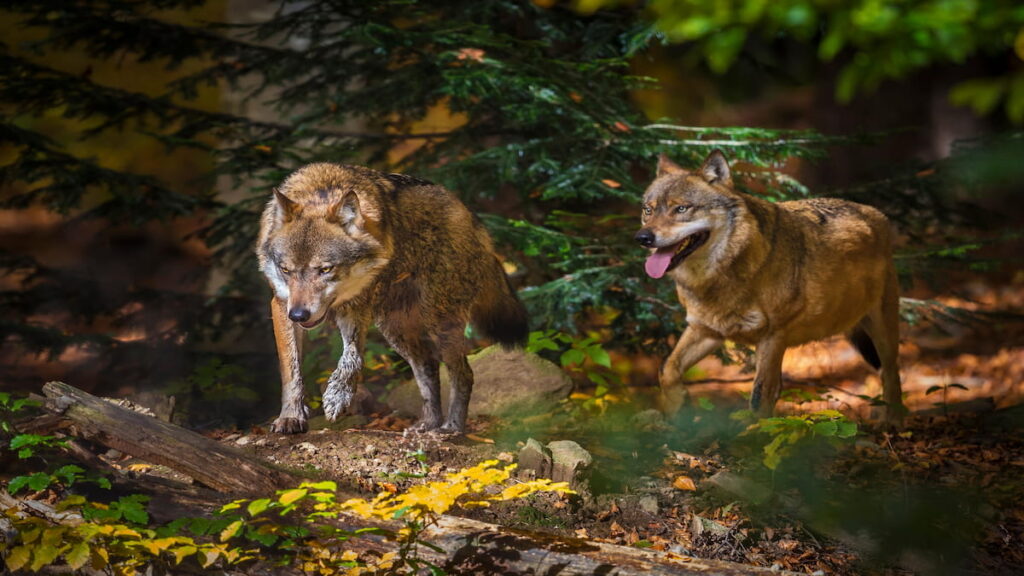My life’s goal is to save big cats. Ever since I was a young child, I knew I wanted to dedicate my career to big cat conservation, but I previously felt lost when considering how to tackle such a massive endeavor. During my undergraduate career, I studied pre-veterinary medicine thinking that becoming a vet was the best way I could save these apex predators. However, my mind quickly changed after I interviewed for vet school. I was partnered with two interviewers that did not share my personality or enthusiasm and I left the room knowing I no longer wanted to pursue that career. I spent the next three years in the zoological world engaging guests, giving keeper talks, and taking care of a vast array of species. Yet, no matter how many guests I interacted with or how many times I cleaned an enclosure, I could not escape the thought that big cats were still dying in the wild from poaching, the illegal wildlife trade, and conflict with humans (Mossaz, Buckley, & Castley, 2015). I felt so defeated.
My feelings swiftly changed in the spring of 2015 when I was accepted into a graduate program, the Global Field Program, through Miami University (https://gfp.projectdragonfly.org/). As part of the required curriculum, I participate in three international trips with Earth Expeditions (https://www.earthexpeditions.org/). Thus far, I have traveled to Baja California, Mexico and Namibia, Africa, and I will travel to the Indian Western Ghats in summer of 2017. These trips, plus personal experiences and research, have shown me the potential of ecotourism to promote wildlife conservation, and I discovered that I wanted to use my graduate degree to help advance the field.
I quickly realized I had a problem, though. How was I going to contribute to ecotourism without any ecotourism management experience? Thankfully, prior to the start of the school year, I developed a great partnership with Bill Given, owner and founder of The Wild Source (http://thewildsource.com/). Bill is a professional wildlife biologist and has been performing groundbreaking lion research in Botswana since 2003 (http://thewildsource.com/giving-back.html). When the time came to design my master’s project, I contacted Bill and we brainstormed for hours to develop a project that would elevate ecotourism participants from wildlife observers to big cat scientists. By watching big cats’ behaviors and interpreting their lives, we hoped guests would develop a deeper connection with these threatened species and voluntarily contribute to big cat conservation following their safari. But, how were we going to achieve this?

My answer: citizen science and technology. Citizen science, the collaboration between scientists and the public to answer a scientific question, has been shown to increase scientific literacy and conservation action in participants and allows scientists to collect more data than they could otherwise (Toomey & Domroese, 2013). Technology in the form of an app would ease data collection and be a simple medium for recording big cat behaviors. However, citizen science has been criticized by many scientists because of its use of untrained participants, and critics regularly question the validity of published data (Booney et al., 2009). To address these criticisms, Bill and I decided participants would record big cat behaviors under the supervision of their tour guide, all of which are trained wildlife biologists.
After we settled on a project idea, I began searching for an app software that would fit our needs. Bill suggested CyberTracker (http://www.cybertracker.org/), a free, easy-to-use data collection software. CyberTracker apps have an attached database that holds recorded observations, turning my citizen science study into a long-term wildlife study, as well. With this powerful feature, we decided that the wildlife guides, who reside in Africa year-round, would use the app when they were in the field, with-or-without guests, to gather even more data on big cat behaviors.
With the project designed and approved, I thought there was no way we would miss the agreed upon launch date, but between me being new to app development and launching the project in the middle of the peak tourism season, data collection began two months later than originally planned. I was worried we were not going to capture enough pre-safari surveys before all of the clients left for Tanzania to create a robust sample, but my concerns vanished when I began performing statistical tests on the participants’ responses. I wanted to discover if participating in big cat research enhanced client knowledge of big cats and if this increased understanding connected them on a deeper level with big cats. The results astounded me.

Safari clients that participated in citizen science and reported an increase in big cat knowledge were more inclined to engage in big cat conservation after the conclusion of their safari and had a greater sense of empathy towards these apex predators. In other words, studying big cats, as opposed to simply observing them, made the clients feel more connected to the cats. This enhanced compassion translated into conservation action for many. For example, multiple participants gave all of their big cat photos to their guide before they left the country to help with his research, donated more money to The Wild Source’s big cat research fund than ever before, and some even created social media pages to share their experiences with the general public! This research is still continuing today and I hope to collect even more data in the future.
These results are exciting for both ecotourism and wildlife conservation. If every international tour company developed a citizen science project unique to their specialty or region, wildlife conservation would greatly benefit by raising crucial funds, educating tourists on animal behavior, creating long-term observational databases, and stimulating the local economy through ecotourism. I hope to expand these findings and convince other tour companies to engage their clients in wildlife research. The more people that experience conservation first hand, the more the field will grow.
Although big cats still face an uncertain future, I finally feel like I am contributing to their conservation. I may not know all of my next steps, but I refuse to quit or give up hope.

Literature Cited:
Bonney, R., Cooper, C. B., Dickinson, J., Kelling, S., Phillips, T., Rosenberg, K. V., & Shirk, J..(2009). Citizen science: A developing tool for expanding science knowledge and scientific literacy. Bioscience, 59(11), 977–984. http://doi.org.proxy.lib.miamioh.edu/10.1525/bio.2009.59.11.9
Mossaz, A., Buckley, R., & Castley, J. (2015). Ecotourism contributions to conservation of African big cats. Journal For Nature Conservation, 28112. doi:10.1016/j.jnc.2015.09.009
Toomey, A. H., & Domroese, M. C. (2013). Can citizen science lead to positive conservation attitudes and behaviors?. Human Ecology Review, 20(1), 50-62



